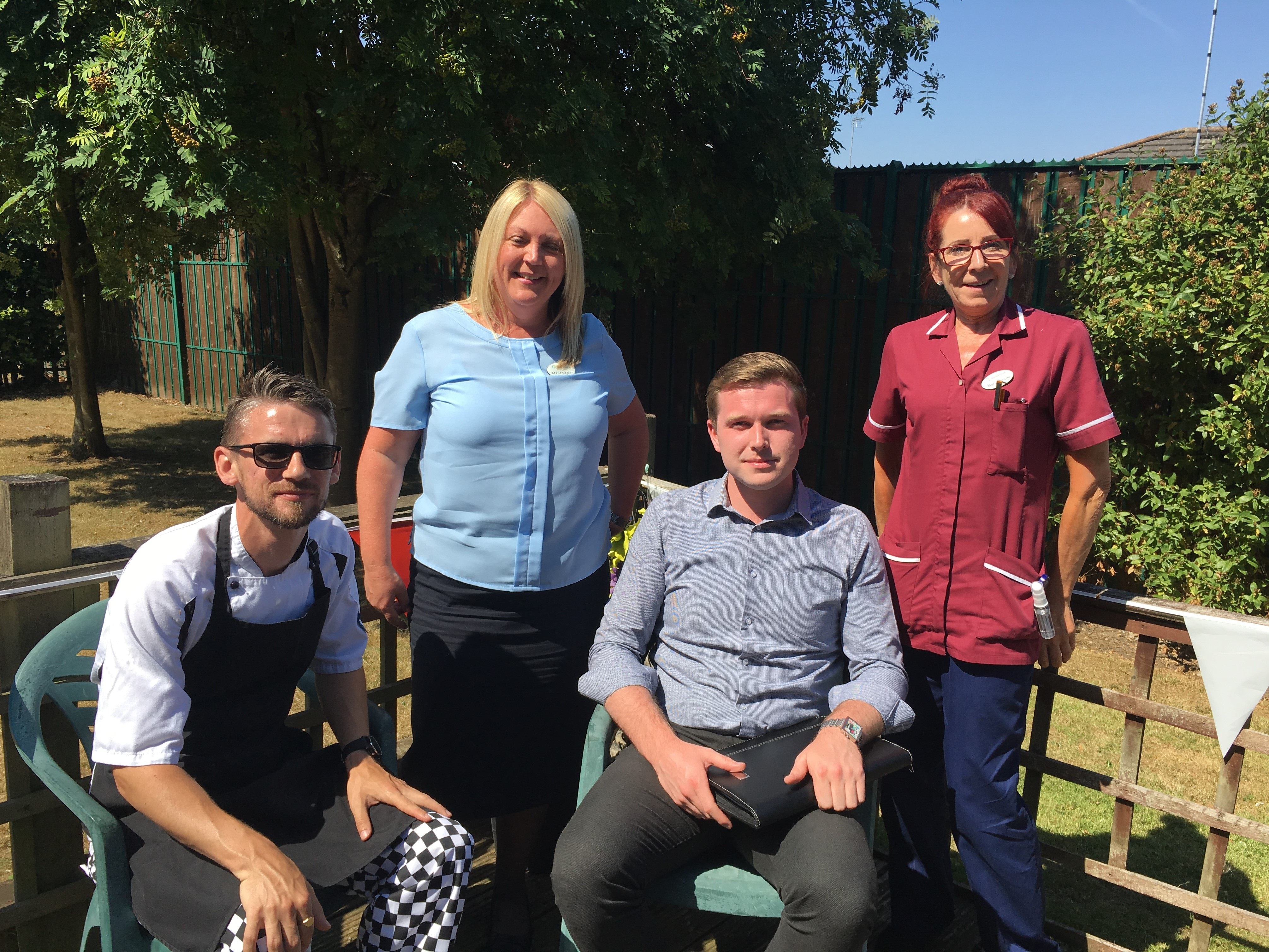Everyone’s needs are different, especially when it involves caring for an individual’s health. Growing pressures on healthcare services in the UK are causing healthcare professionals to lose sight of the patient they are treating, placing too much focus on their condition or illness.
With the right tools, you can realign your practices, and support people in a way that caters to their specific needs.
What is Person-Centred Care?
Person-centred care involves healthcare workers focusing on certain needs of the individual they are caring for. Co-produced care between professionals and patients ensures their preferences are catered to and helps the individual to feel supported.
Recognising that everyone’s needs are different is essential to this approach. Considering the persons values, circumstances, and lifestyle puts them at the centre of all decisions, and consequently, ensures they feel acknowledged, a sense of equality, and that they are receiving the best care.
Establishing a caring relationship between a patient and carer shows that their relationship is just as important as the help that they receive. Flexibility in services, one-to-one discussions and overall partnership shows that their care is person-centred. It is about “doing things with people, rather than ‘to’ them.”
Why is Person-Centred Care So Important?
Ensuring individuals are at the centre of their treatment results in high quality healthcare, which is important for both the individual and the professional.
Sustaining compassion and dignity illustrates to the patients that healthcare providers see past their condition, and therefore stronger relationships can be built.
Upholding these standards of person-centred care can motivate people to stick to their treatment plans – improving their independence and healthcare journey.
One essential by-product of person-centred care is the opportunity it creates to alleviate the strain placed on healthcare providers in the UK. Patient awareness may work to decrease the unnecessary use of emergency services or unrequired occupancy of vital space in hospitals.
How Can Person-Centred Care Be Delivered?
As a result of how varied person-centred care can be, there are many different approaches in how it is delivered. Some of these include:
- Emotional support
- The involvement of family and friends
- Respecting and understanding people’s values
- Putting individuals at the centre of all care and decisions
- Treating people with compassion and dignity
- Continuous and consistent services
- Providing communication and information
- Personalised treatment
Ensuring You Have the Right Facilities
Understanding the ins and outs of person-centred care is the first step in ensuring you can deliver treatment effectively and efficiently. Next step? Making sure you have the correct equipment and facilities in place.
At Andway, we provide a range of products, services, and maintenance to help you keep healthcare in hand. Our reliable and responsive service can assist you in supplying personalised treatment plans, facilitating independence, and supporting each patients’ individual needs.
Still in need of advice? Please get in contact.





 Grace always goes above and beyond to support her customers at Andway, so when she announced she was diving 11,000 feet out of a plane for charity, we knew she’d give it everything she’s got! Grace, who is terrified of heights leapt into action for Alzheimer’s UK raising in excess of £900 with her partner, a fabulous achievement and tackling one of her fears in such a breath-taking way, is definitely something to be proud of.
Grace always goes above and beyond to support her customers at Andway, so when she announced she was diving 11,000 feet out of a plane for charity, we knew she’d give it everything she’s got! Grace, who is terrified of heights leapt into action for Alzheimer’s UK raising in excess of £900 with her partner, a fabulous achievement and tackling one of her fears in such a breath-taking way, is definitely something to be proud of.